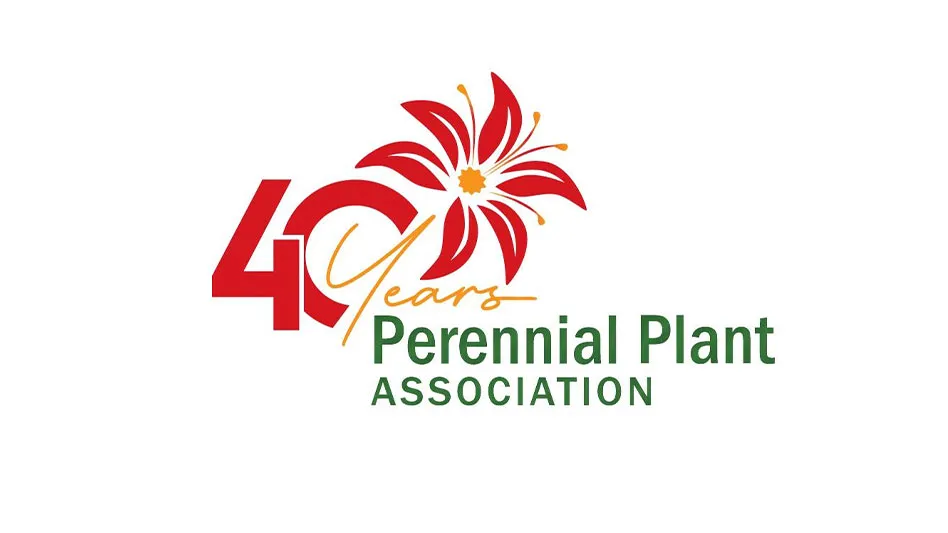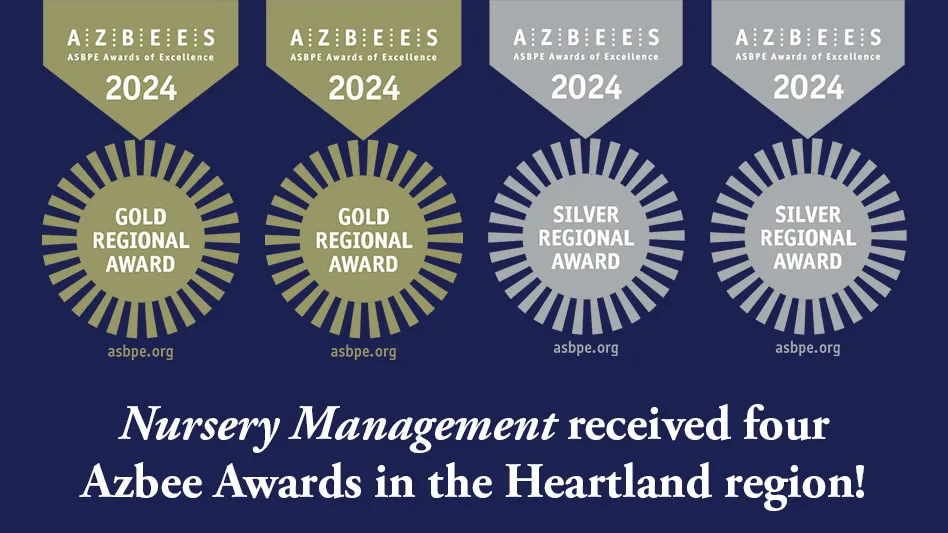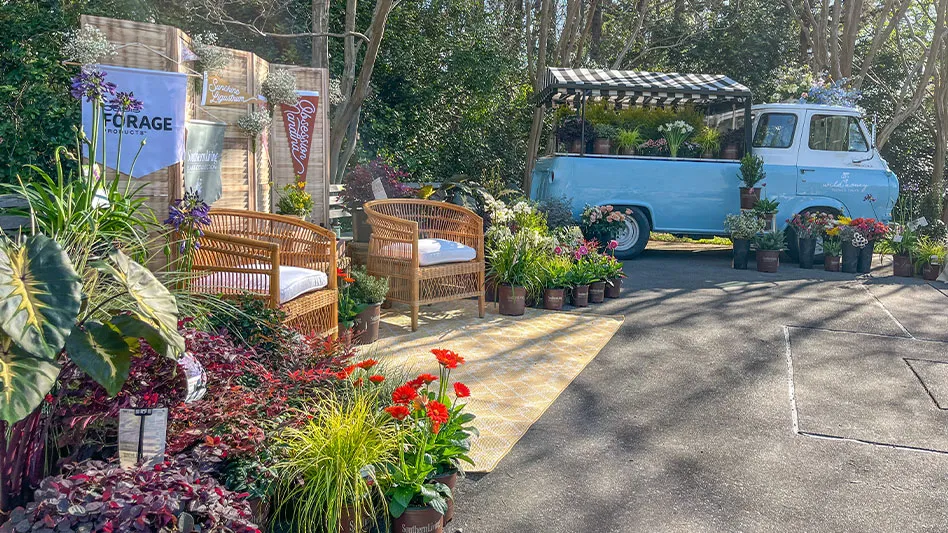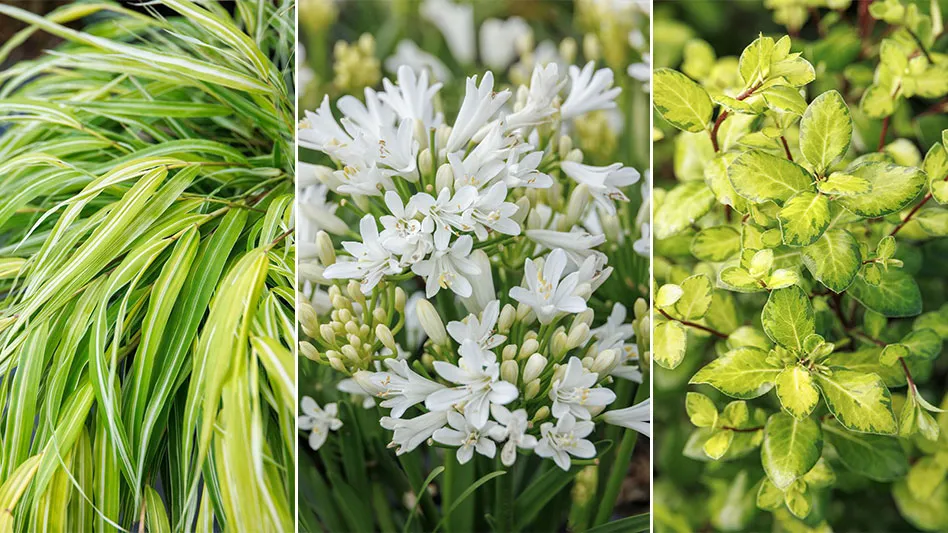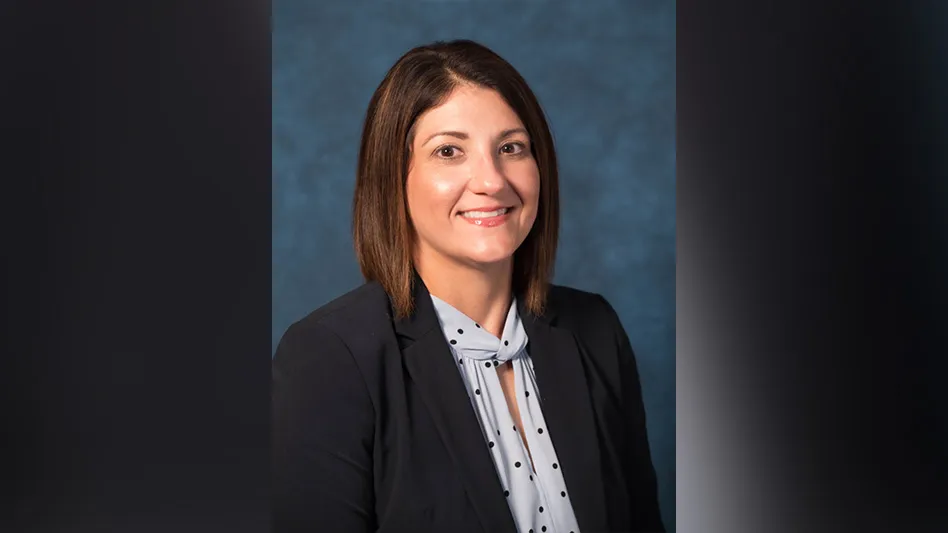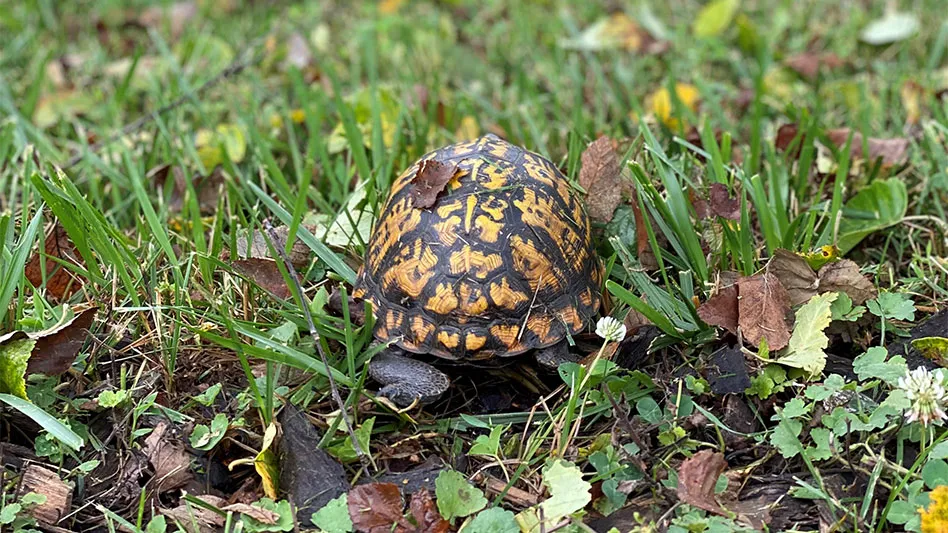
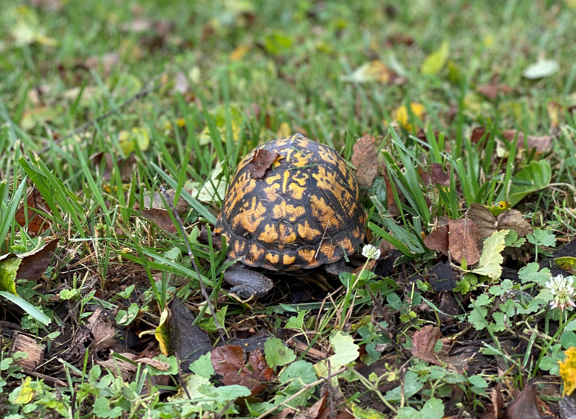
NM: What goals do you have for Garden for Wildlife?
SA: The short-term goal is to start to scale up this company, expand our reach nationally and launch a number of programs. The long-term goal is actually the purpose of the company. The business was set up to support achieving the aims of National Wildlife Federation (NWF) faster. Specifically, that’s about getting more native plants into more places, more quickly. The best way to do that is to make it easier for people to get the plants, so my goal is to scale up our business and get more native plants and education about native plants into the hands of homeowners and gardeners all over the country.
NM: How does this new enterprise, Garden for Wildlife, fit within the National Wildlife Federation?
SA: This is the 50th anniversary of the Garden for Wildlife program that was set up by National Wildlife Federation, and for the vast majority of its existence, it’s been about education, primarily around helping people learn about why native plants are important and which native plants they need in which areas.
How this came about was three years ago I started doing work with the NWF and the Garden for Wildlife program while I was at Accenture. We focused on the fact that while education has been great, it’s really hard for people to find the native plants for the area. The big box stores don’t carry them for the most part, and my own personal pain was what got me to contact them and start talking about this. I’d been trying to change my yard into a native plants zone and now it’s a certified habitat. When we first moved here three-and-a-half years ago, it was just a lot of lawn, and I’d go to the big box stores and pick up one plant after another. Then I'd look up the native range of each plant, one after another would be from East Asia or from the Mediterranean or South America, anywhere but here. It was a pain, so I said we need to make this easier for people to find and curate it, along with all the education and science, so it’s easy for people to get every bit of information they need. Not just get the plant, but how to plant it, how to take care of it, what species it impacts, how it works with other plants around it so someone can have multi-season pollen producers for the monarchs and other pollinators out there. So, we decided to create this business, and this past year was the first full year of operation. Part of the advice to make this really successful was it couldn’t live inside of a not-for-profit. It needs to be run like a business. It should grow the speed a business can grow and be able to tap other sources of capital like investors. That requires creating a for-profit company, and Garden for Wildlife Inc. has spun out as a separate c-corporation, and it’s licensing all the key information related to business, commerce and all that from NWF. Then it’s providing a source of revenue, new certified habitats, a whole range of things back into NWF, and NWF is our primary shareholder. We work very closely with the Garden for Wildlife educational program still at NWF and with many other programs that are there as well.
We work with everything from the community programs to the mayor’s monarchs pledge, to things we’re doing with tribal and indigenous people, to disadvantaged communities. There’s just so many different programs that we are actually partnering with to help make them more effective by providing plants. We think native plants can’t just be for people who live in affluent zip codes because the birds and pollinators go where they go, so we set up something called plant bank, where every time a customer buys from us, we actually set aside one plant for free to create certified wildlife habitats in places that otherwise wouldn’t get them, like schools, places of worship or disadvantaged communities. This year, we’ve already set aside over 4,000 plants for pre-ordered customer shipping, so in the spring when those plants are ready, we’re going to start doing actual installation projects at various sites around, starting here in the DC metro area and eventually nationally.
NM: How do you decide where the plants go?
SA: Partly we’re working with the communities program at National Wildlife Federation because they’ve got a list of communities we’re working with already, but also we’re going to open up a portal, later this spring, where communities and organizations can register and get put on a waiting list. The more we sell, the more of these plants we’re putting out there, and we want to put them out wherever people want them.
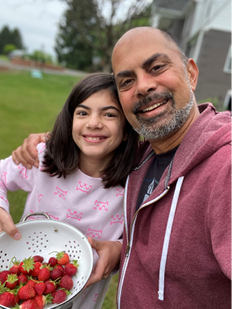
NM: What got you interested in native plants and conservation?
SA: I’ve been a supporter of the National Wildlife Federation since 1994, and I’ve been a gardener for over 25 years. I love to go hiking and interact with nature, but I always thought nature was something that you went somewhere to experience. It wasn’t until I read Doug Tallamy’s book, Nature’s Best Hope, that the dots finally connected for me. I saw why native plants specifically were so important, and that’s when I started transforming my lawn into a certified wildlife habitat because I’d never taken that leap. We hear about climate change, the ice caps melting and everything just seems so doom and gloom, and people think, ‘What can I do to make a difference?’ You can make a difference by just taking part of your yard and putting in native plants. I’ve done it, and after three years, I’ve seen the difference in the number of bird species that come to our yard. All I did was put some plants in, dig a pond and let nature do the rest.
NM: How does Garden for Wildlife plan to make a significant impact in the world of conservation and environmental stewardship?
SA: I have a sign outside my house that says certified wildlife habitat, and everybody who becomes a customer of Garden for Wildlife is not a transaction but a relationship, so it’s a multi-year journey. In the first year they might buy six or 12 plants to put in their garden. Year two, I want them to put more plants in because they’re starting to see the difference. By year three or four, I want them to actually get to the level of being a certified wildlife habitat, and we’re going to encourage them on that journey because it’s not that hard to do. They’re already more than halfway there. They just need to check a couple other things, and then they can get the really cool sign but also feel better about what they’re doing. Over the last 50 years, Garden for Wildlife has created about 280,000 certified wildlife habitats. Our goal is to push that over a million and beyond. In Tallamy’s book it says, ‘If everybody just did a little bit in their yards, we could have a massive impact on a national level, bigger than many of the national parks combined.’ I absolutely believe that that’s true, so that’s what we’re focusing on. We're just doing it through commerce, education and engagement.
NM: What were you doing prior to becoming CEO of Garden for Wildlife?
SA: I was one of the global innovation leads for Accenture which is one of the largest consulting firms in the world. That’s actually how I started working with NWF, and it led to the start of this company. Prior to that, I was the co-founder and co-ceo of a company called Centriq which we sold two years ago, and before that I was the vice president of strategic innovation at a software company, Salesforce. Also, I teach as an adjunct professor at Georgetown, and I’m a guest lecturer at Emory University. I stay busy (laughs). I’m the committee chair for my son’s scout troop and assistant scout master for my daughter’s scout troop.
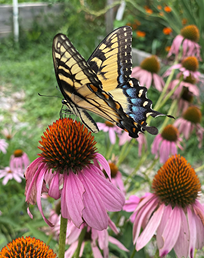
NM: How do you plan to use skills from those past positions at Garden for Wildlife?
SA: Oh yeah, I’m totally using them. Everything in an early-stage company is about managing cash flow. It’s making sure we’re doing things in the right order, looking at the efficiency of how we buy everything from boxes for shipping, to the packaging materials our plants go in. One of the things that I changed this year which actually lowered our cost, is prior to me getting here, they would ship the plants in a cardboard box, but inside of that were these plastic clamshells that hold your plants in place. I thought well that’s not environmentally sound, so we managed to work with our grower and get cardboard inserts that actually are just as good for keeping the plants in place and are completely compostable and recyclable. So, a lot of the operational skills were learned in my startups. Working with companies and partners are skills I learned from my consulting days, and it’s really combining the two skills to put together strategy that is going to help us grow and work with partners while getting the small company up.
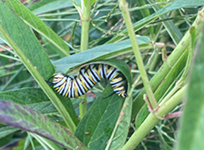
caterpillar in the certified wildlife habitat.
NM: How do you plan to inspire individuals to be more sustainable?
SA: We think the best way is by telling stories and by showing people what they can do. People don’t like to be lectured is what I’ve found. At least I don’t like to be lectured (laughs). So, we’re trying to do it through positive ways to engage people. Also, I think showing them how the little thing they did makes an impact because then they’re more likely to take the next step, and the next step goes in two directions. One is to increase the size of their own garden, but maybe they only have a container and live in an apartment. That’s still fine. The other and next step is for them to recruit their friends because an interesting data point the NWF found was if you have a certified habitat, your neighbors are 60% more likely to go get certified as well. Once people see how easy it is to do something good, they are more likely to emulate it. We want to spread more of that, and we’re going to do a lot of stuff through various social channels and a lot of PR events. Our mission is to get more native habitat out there.
NM: What is your favorite part of the job?
SA: The single, biggest, favorite part of my job is the fact that my kids are really impressed and proud of what I do because I’m actually doing things that matter. I’ve built multiple startups. I’ve worked with big corporations. I’ve done program consulting and bringing everything together in this one place is just awesome. I’ve got a great team, and I’m meeting fantastic people in the growing industry at the various nurseries we work with, which is all new to me. People say work for a purpose, and I actually got that job. I’m so excited because I get to do something that I give a damn about and feel good every day. Every time a customer buys something, we track the impact of every purchase. In terms of square footage of habitat created, we have those metrics, and we’re putting those at the top of our website this year so that every time somebody buys, those numbers update and people see. Last year we created half a million square feet of habitat. That’s awesome, and we’re only getting bigger from there.
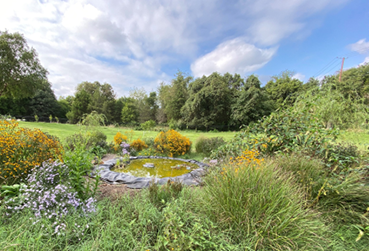
NM: What do you do for fun?
SA: I love doing things with my kids. I have twin 13-year-olds, a boy and a girl. They’re both in scouts, so I end up doing a lot of camping. I’ve slept more in tents the past two years than I have my entire life (laughs). I found that I love it, so it’s great. My son’s robotics team is going to state, so I’m super excited. My daughter is just getting into Stranger Things, and we’re watching all that now which is fun. Also, I spend a lot of time in my yard because I’m learning so much more about plants. We’re vegetarians, so I have a huge vegetable garden. Last year, I built a greenhouse with recycled windows, so I have all my plants starting in there. It’s just really amazing you can take this seed and stick it in dirt, and if you don’t screw up too badly, you have a plant (laughs). It’s just fascinating, and I love the fact that my daughter is really into the yard with me. She helped me transplant a bunch of tiny milkweed seedlings into bigger pots, so in the spring, we’re going to create a huge habitat area with about 150 milkweed plants to see if we can bring in a bunch of monarchs this year.
For more: visit Garden for Wildlife

Explore the March 2023 Issue
Check out more from this issue and find you next story to read.
Latest from Nursery Management
- CIOPORA appoints Micaela Filippo as vice secretary-general
- Registration opens for Darwin Perennials Day
- April 2024 issue recap
- U.S. Department of Labor finalizes farmworker protection rule
- Azo Root is now available from Harrell’s
- Smith Gardens assumes operations of Skagit Horticulture
- Garden Media Group announces the fifth annual Women in Horticulture Week
- Eason Horticultural Resources announces the addition of Phil Perry
